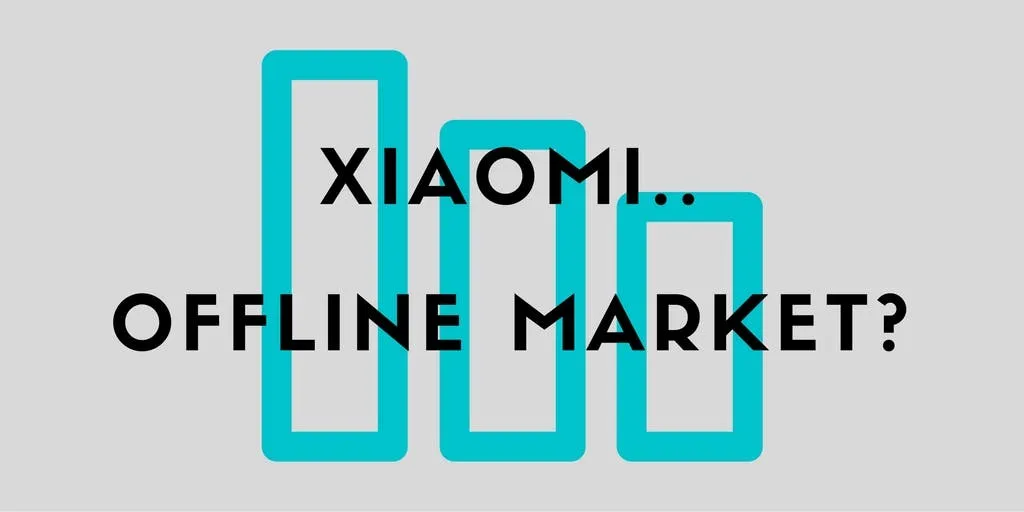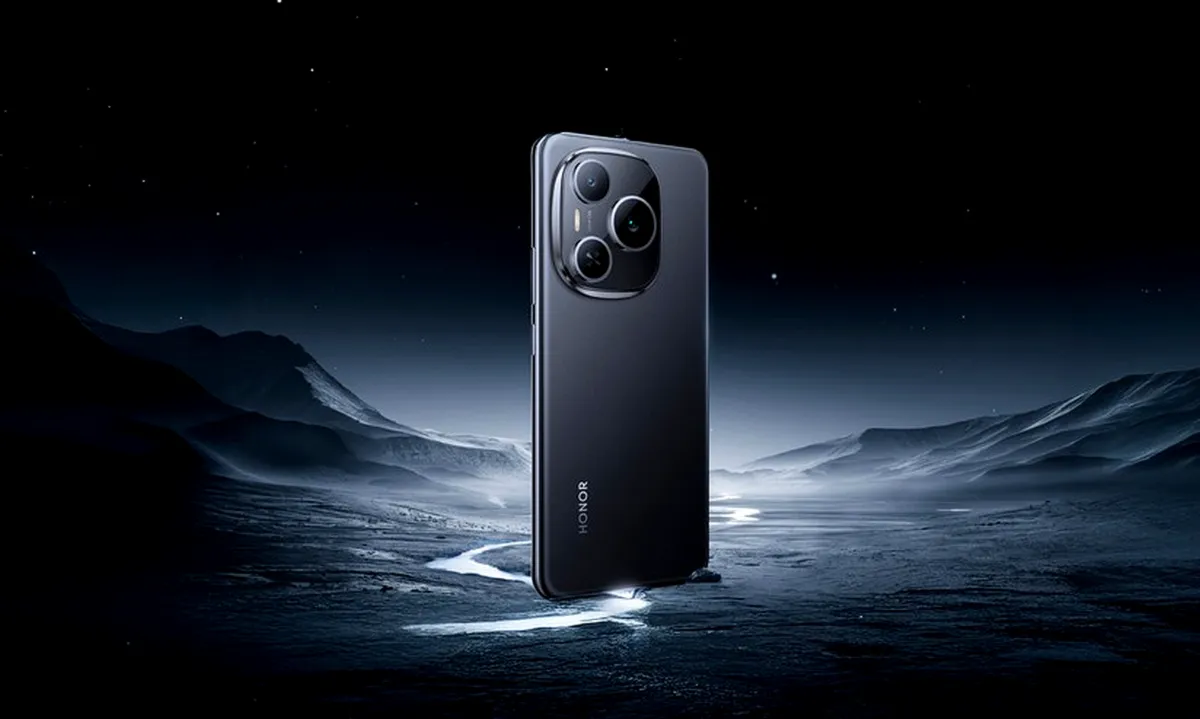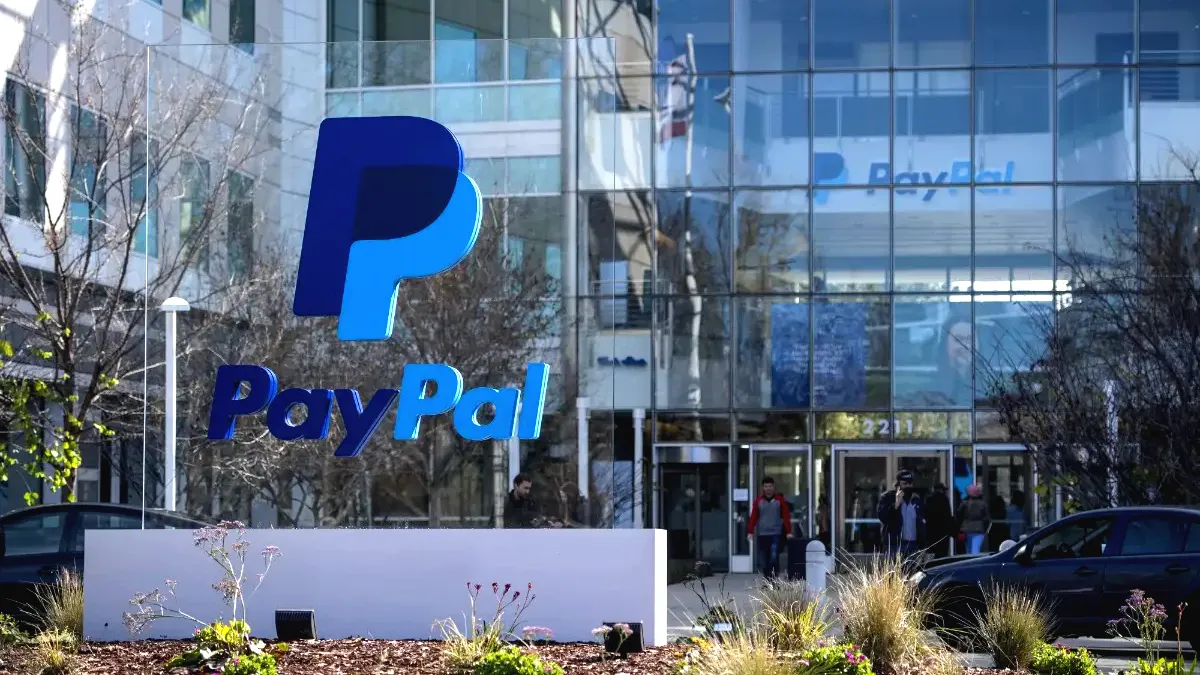Open Thread: Do Xiaomi need to take offline markets a bit more seriously?
Xiaomi NewsFriday, 26 August 2016 at 17:26

Xiaomi, the Chinese giant seems to be slowing down. Is it due to a lack of presence in the offline market?
Xiaomi, the Chinese company headquartered in Beijing, best known for their relatively cheap handsets, isn't growing as much as the competition. While they did release a huge amount of devices lately, they still got ripped off of their supremacy in the Chinese market, dropping from the first to the fourth place.
Who dethroned them, though? Companies such as OPPO, Vivo and Huawei, which (not by chance) all share one common factor: presence in offline markets.
If we take OPPO as an example, we see how its offline market contributed for more than 70% of total sales in China, with an offline retail penetration beyond tier-2 and tier-3 cities, allowing OPPO to reach the 13 percent of the total market share. Same goes for Vivo and Huawei, although with smaller numbers.
Xiaomi, on the other side, has always been an "internet company", as they like to be called. While this gave them a big push at the beginning (as people were finding good devices at lower prices) it doesn't seem to be enough anymore.
Earlier this year, at the Barcelona MWC, everybody was expecting the Mi5 to be the opening door for Xiaomi into the world distribution through offline retail, but it hasn't been the case. Resulting in the relatively poor success of the device, among other factors.
Hence, maybe it's time for Xiaomi to follow its Chinese competitors and finally get their hands in the offline market. Although we've no way of knowing the final development, we know for certain that the current marketing strategy isn't giving great results.
Nonetheless, what are your thoughts? Do you think it's going to happen and if so, when? Let us know in the comments section below.
Popular News
Latest News
Loading



